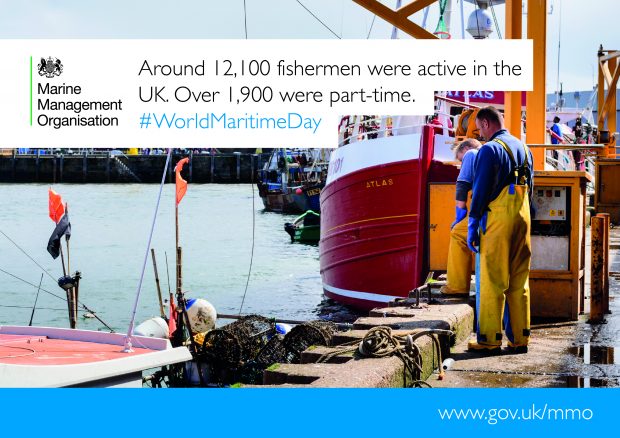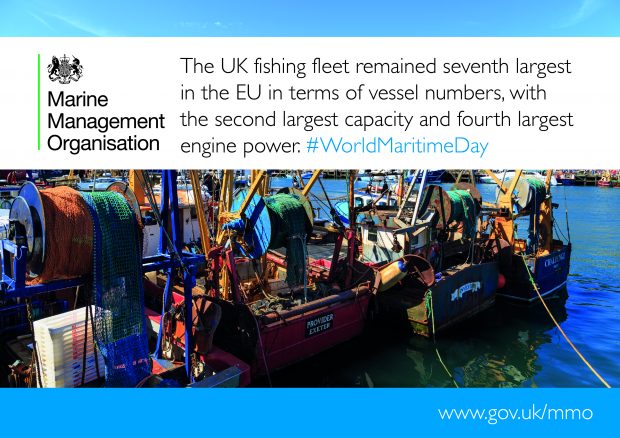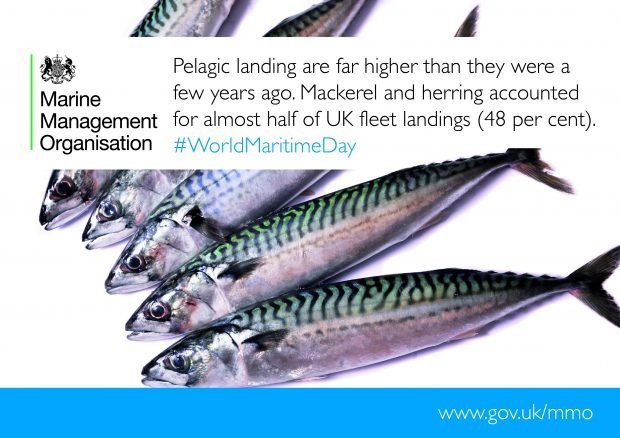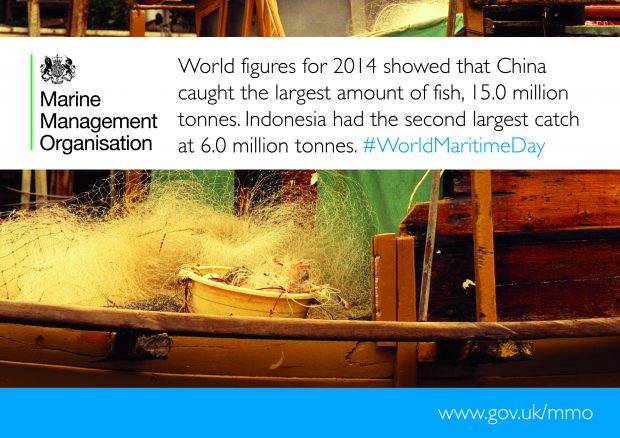On the day the MMO publish their Annual Sea Fisheries Statistics, Lisa Richardson (MMO, Senior Statistical Officer) tells us a little about the work that goes into preparing the statistics.
UK Sea Fisheries Statistics 2015
The UK Sea Fisheries Statistics 2015 has been a publication I started producing shortly after joining the MMO in February 2016. The document and accompanying datasets provide a broad picture of the UK fishing industry and its operations. Working on Sea Fisheries Statistics has been an education not only in the UK fishing industry but also the workings and nuances of the MMO data systems.
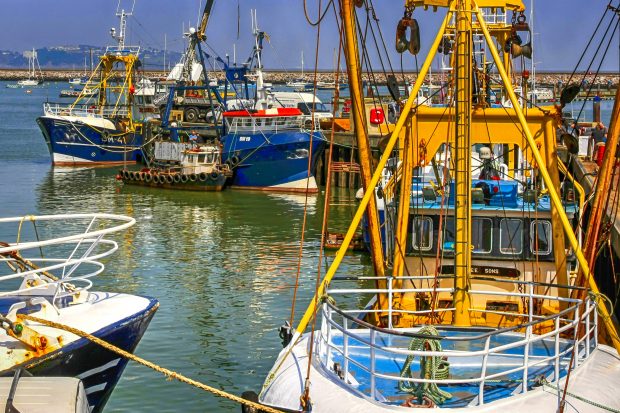
Fishing boats in the commercial harbour at Brixham UK
Lots and lots of data
A huge amount of data feeding into the publication comes from MMO data systems, these systems are queried to produce cuts of the data which are then informative and useful for the end user. Data is fed in through our coastal offices where it is checked and cleared of errors before passing into MMO data systems. Our staff at the coast work tirelessly to maintain the high quality and standards of fisheries data. A large proportion of the work undertaken by the statistics and analysis team is dependent upon having access to reliable and up to date raw data. The quality of data used to produce the Sea Fisheries Statistics publication is a major factor in determining and maintaining its status as a National Statistic. In qualifying as a National Statistic it is considered that the statistics meet the highest standards of trustworthiness, quality and public value.
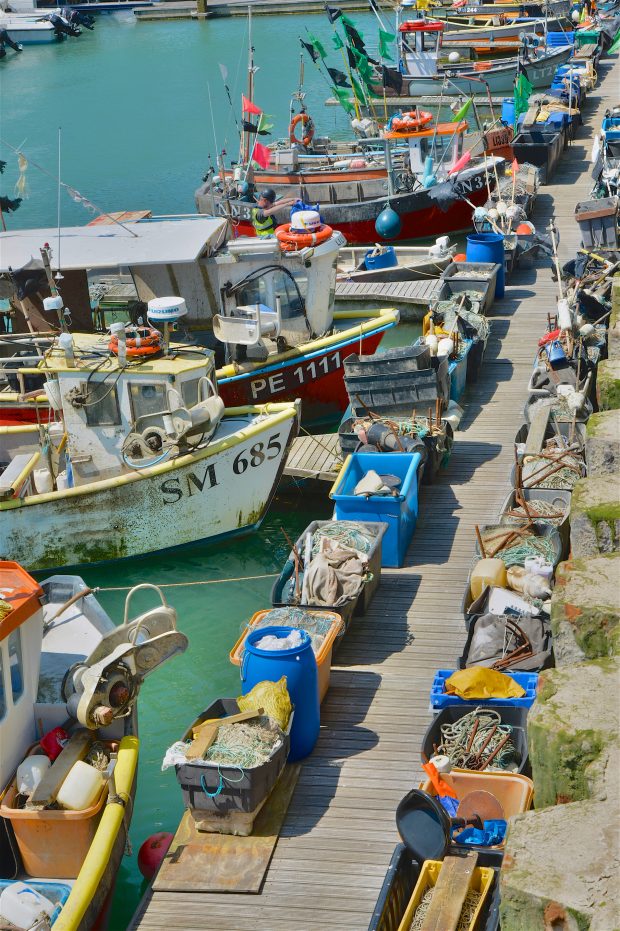
Collaboration
Several external sources of data are used in our annual statistics publication covering a wide range of subjects. Figures on accidents, lost vessels and fatalities come from the Marine Accident Investigation Branch. Data on quota, catch and uptake by EU member states is provided by the European Commission. Data for tables displaying information on overseas trade (which can be viewed in chapter 4 of the publication) is kindly processed by the Defra trade statistics team and is originally sourced from HMRC. Chapter 5 contains information on stocks and their level of exploitation, the scientific advice and assessments throughout this chapter are provided by our colleagues at the Centre for Environment, Fisheries and Aquaculture Science (Cefas). Information on the world fishing industry is sourced from the Food and Agriculture Organisation.
Teamwork
The efforts of our knowledge and information team are also critical to the sea fisheries statistics. They produce the maps for the publication which are a very effective way of visualising large quantities of data. Sea Fisheries Statistics is a collaborative publication, production draws together information from many varied sources. Knowledge and skills throughout the MMO transform the raw data into a suite of products which meet end user needs and add significant value to an otherwise impenetrable mass of information.
I hope the Sea Fisheries Statistics 2015 continues to be a useful resource for everyone and I would urge people to take a look at the statistics and see that vast range of information available, it really is fascinating.
